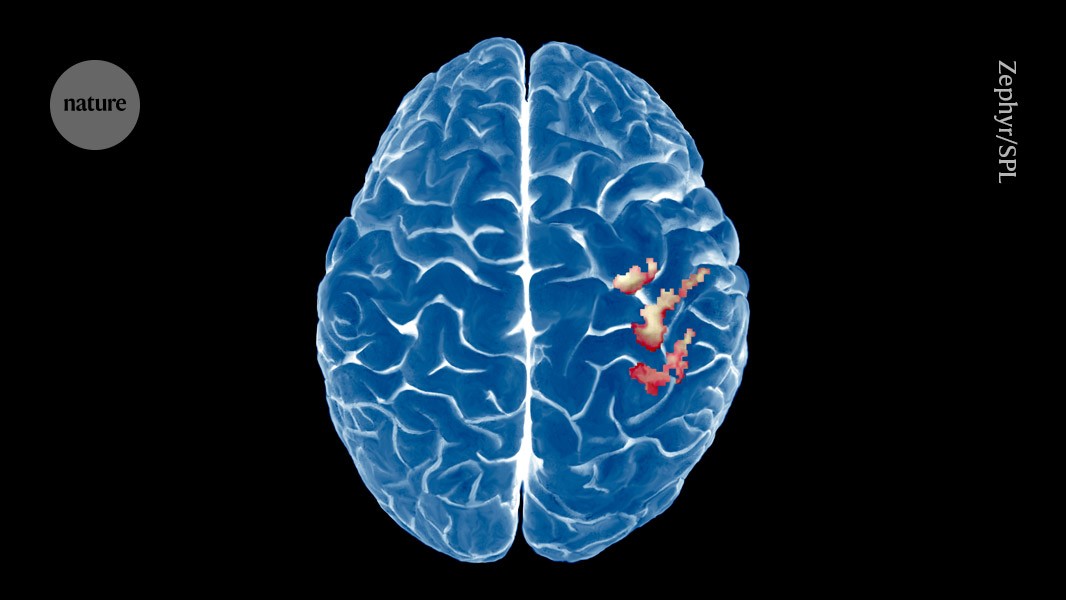
"Pretty much every neuroscientist has learnt through their textbook that the brain has the capacity for reorganization, and this is demonstrated through studies on amputees,"
"textbooks can be wrong"
"We shouldn't take anything for granted, especially when it comes to brain research."
"They would say: 'I can still feel the limb, I can still move individual fingers of a hand I haven't had for decades,' Schone says."
Long-standing models held that neurons in the primary somatosensory cortex invade neighbouring cortical areas after limb loss, producing large-scale reorganization of the brain’s body map. New brain-imaging evidence shows the primary somatosensory cortex remains remarkably constant even years after arm amputation, indicating preserved cortical representations of the missing limb. Persistent sensations and reports of moving absent fingers align with preserved neural maps rather than wholesale cortical takeover. Stable cortical maps reshape expectations for neuroplasticity and could inform improved prosthetic designs, sensation restoration techniques, and targeted treatments for phantom-limb pain.
Read at Nature
Unable to calculate read time
Collection
[
|
...
]